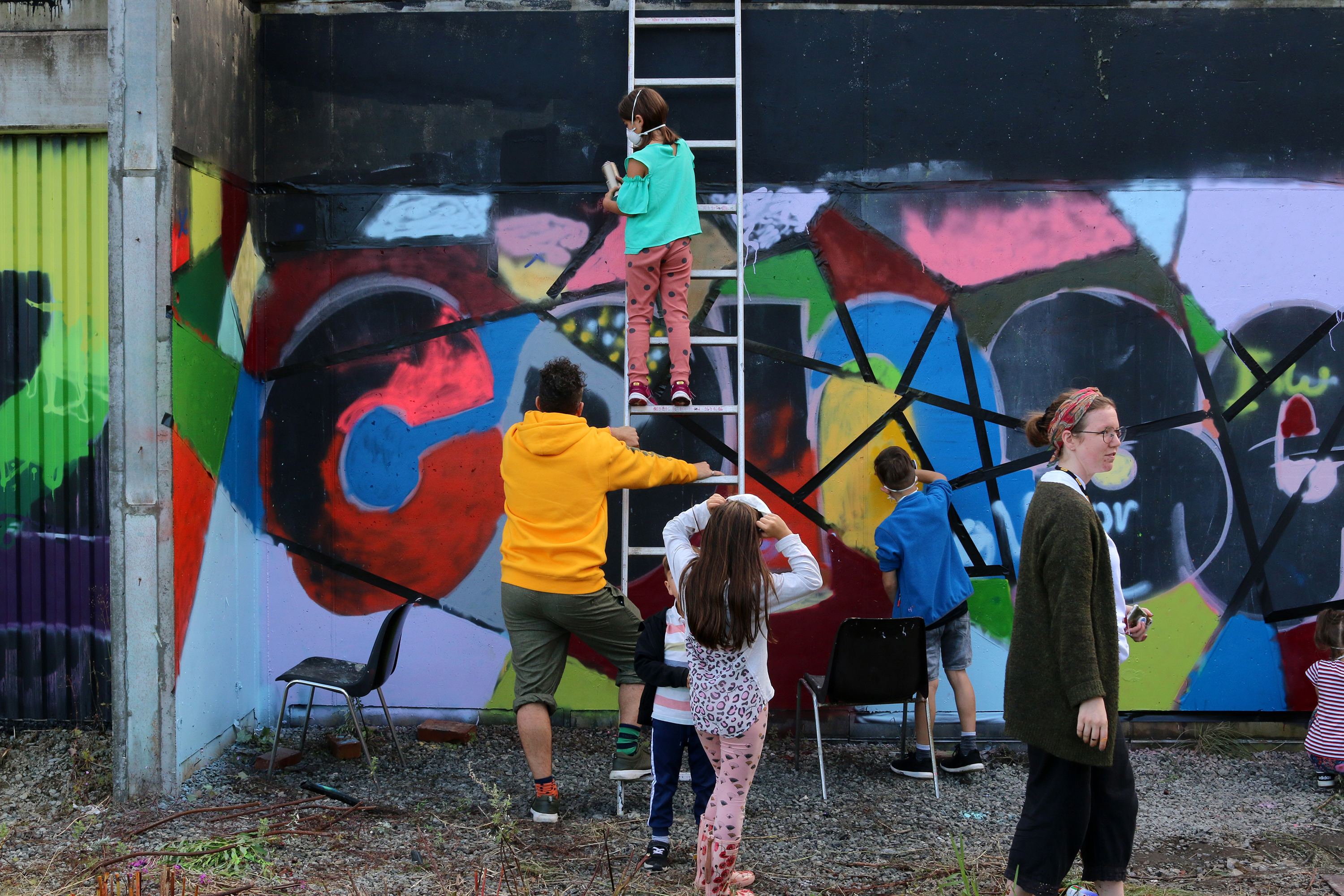For the last several years I’ve given an informal lecture on the history of graffiti once every six months. It’s held at a Brooklyn storefront space for community education, a place that offers a huge assortment of talks, cooking classes, and trainings based on an everyone-is-a-teacher model (that isn’t far from a folkehøgskule). I structure my talk around a 200-image slideshow that breaks the history of graffiti into periods as if it were Egyptology: there’s the Predynastic period when Depression-era hobos used grease crayons to mark freight trains; after that there’s the first stirrings of what we now think of as ‘graffiti’ when youth began writing their names on the streets of New York City; then there’s an Old Kingdom of ‘writers,’ like Tracy 168, who experimented with household paints and moved the artform from city walls to its subway lines; and there’s the Middle Kingdom of full-car, Day-Glo train pieces that caught the eye of the contemporary art world. In other words, I present graffiti, much like Pharaonic Egypt, as something that is very far in the past. When I finally introduce street art, it’s at the end of the lecture, and I set it up as a sort of tomb raider. Street art uses the visual vocabulary of graffiti to create works with a fundamentally different relationship to the city.
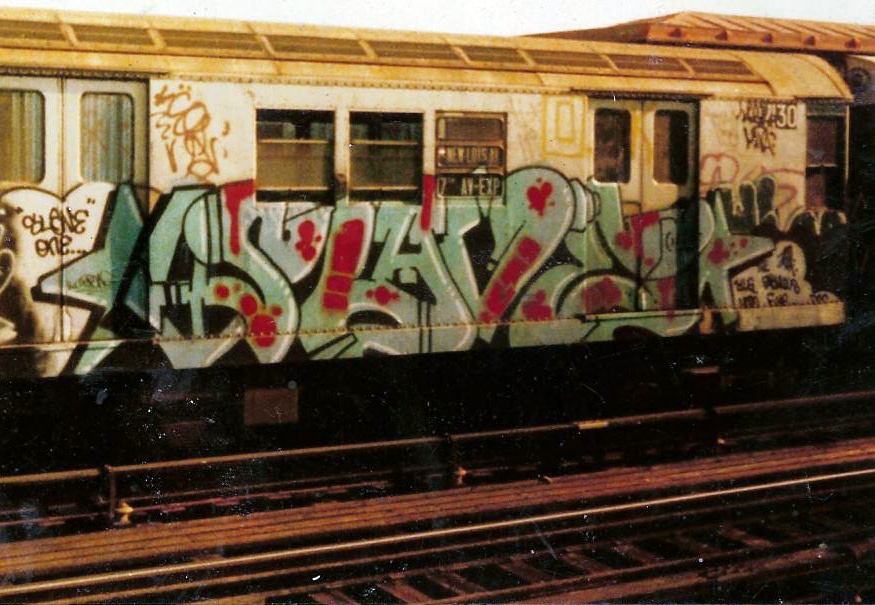
In September I attended NuArt, one of the world’s premiere street art festivals, almost by accident. I’d come to Stavanger, Norway (where NuArt is held annually, along with a sister festival in Aberdeen, Scotland) to research art’s role in infrastructure for Contemporary Art Stavanger. I found out about the festival just before arriving and, because I’ve written about street art and public art for several years, I immediately elected to go. I got my press credentials and headed over to the opening session. For the last half dozen years the festival has included both installations and murals (nearly all of them done with the permission of property owners) and a two day conference, NuArt Plus. It was kicked off with a ‘Fight Club’ debate at the cultural space Kåkå. To get there I walked through Stavanger’s old town shivering in a jacket that was way too thin for Western Norway’s famous gales. Once there, I found myself—after 24 hours in Norway—plunged back into the world of New York, the city where I’ve spent most of my adult life, as two teams debated familiar themes: urban change, the role of artists in shaping the city, and the politics of public space.
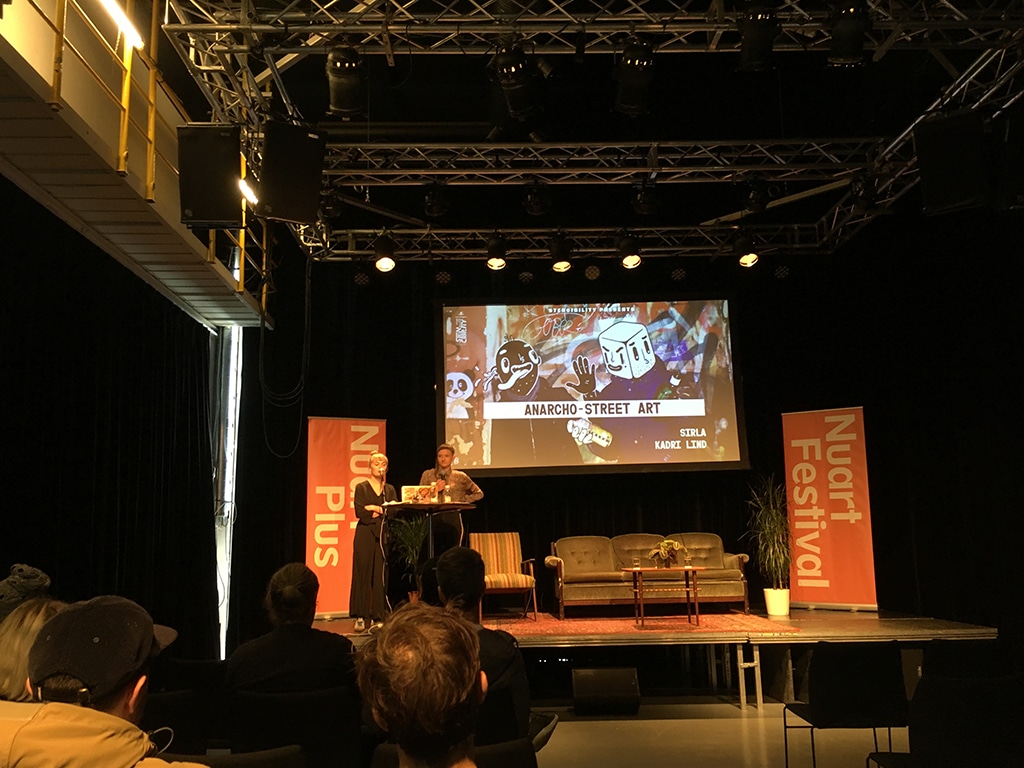
While NuArt is officially a “contemporary street art festival,” the Fight Club ‘belligerents’ discussed graffiti culture, street art, and every permutation that’s not yet been named, under the theme “Brand New, You’re Retro! Memory and the City.” The debate pitted an old school of graffiti originalists against those with more ecumenical interpretations of what the art might be. An open bar (for the speakers) made for bawdy fun with the occasional kind-hearted heckler stirring things up. Arguing against nostalgia was a Swedish sociologist Erik Hannerz, who began his academic career detailing the lives of crust punks. The crowd at Kåkå had something in common in that almost all of the participants bemoaned the increasing codification and institutionalization of their subculture via increased corporate interest and, ironically, festivals; while snarkily noting that one of the preeminent festivals had paid for their plane tickets, hotels, and beers. Creating conversations around things meant to be ephemeral can have its pitfalls, organizing street artists to talk about their craft can be a thankless task.
New visibility, via Instagram and other image-based social media platforms, has helped expand the repertoire of street artists, but also made for repetition and cliché. Publics expect to interact with pieces, and many are made specifically to be photographed with, like the hash-taggable “angel wings” that have popped up in dozens of cities. NuArt doesn’t trade in works like this, but some themes will seem familiar, if only because of certain conventions in the street art form. “Beholders,”a work by the Spanish artist Jofre Oliveras on Støperigata, is itself an acerbic comment on the passivity of this Pinterest-collecting culture: the mural shows a woman in a sundown skirt and jelly sandals photographing a painting in a fancy frame, it depicts a migrant-laden boat on the Medditerranean. The tableau is especially well executed, from the high polish of the floor it’s clear that she’s standing in a gallery space or art fair, taking in the flight of migrants for a minute but ready to move on soon. Everyone’s indicted: the painter benefiting from a work on the crises, the woman excited to share the work on her feed, and us the passive viewers of the entire scene. But there’s something that feels a little too clever about the whole thing. Like Banksy, who also uses a classic frame as a visual device in many works, Oliveras ties up all the visual loose ends, but, in so doing, he leaves us with little emotional breathing room and scarce outlets for productively rethinking or acting on the migrant crisis in Europe. When I passed the work in a walking tour all of the participants seemed doomed to repeat the cycle, whipping out their phones to take photos of the photographer lady in her pink dress.

Inside the NuArt’s indoor exhibition, Oliveras produces a different kind of self-reflexivity by hanging a room full of quasi-Impressionist paintings (also with scalloped gold frames) that he has then let the Berlin graffiti collective 1Up ‘tag’ with an industrial paint sprayer. Their drippy red line squiggles crosses three walls, strafing still lifes and nature paintings along the way. Why these Academy-style paintings need to be taught a lesson isn’t totally clear, but the work inadvertently it sets up a fight—albeit a staged WWE Raw pro-wrestling style one—between ‘fancified’ street art and unvarnished graffiti. Suggesting that the latter is just as intense as it ever was, while the former is growing staid and formulaic.
Controversy has always accompanied stencils and spray can art. While many styles and practices were born out of the graffiti moment, all of these artforms are relatively young. The circumstances that spurred the development of graffiti (white flight, harsh urban renewal programs, and government austerity and disinvestment) in the bad old days of “the Bronx is Burning” New York seem very far away, given the gilded state of Gotham circa 2019. So it’s easy to forget that the actual people who pioneered the art form aren’t dead and gone, in fact, they’re only middle-aged. During my Brooklyn lectures on graffiti, I’m always terrified that when I begin to speak, I’ll be called out be a greying graffiti writer who’s come to set me straight. But the Brooklynites who show up to my talks are never of the old school ilk, they are—like me—mostly transplants from elsewhere, white, and relatively affluent. Often, they’re less graffiti ‘heads’ than street art enthusiasts, followers of Banksy, Shepard Fairey, and Barry Mcgee, who know little of the Old Kingdom arts.

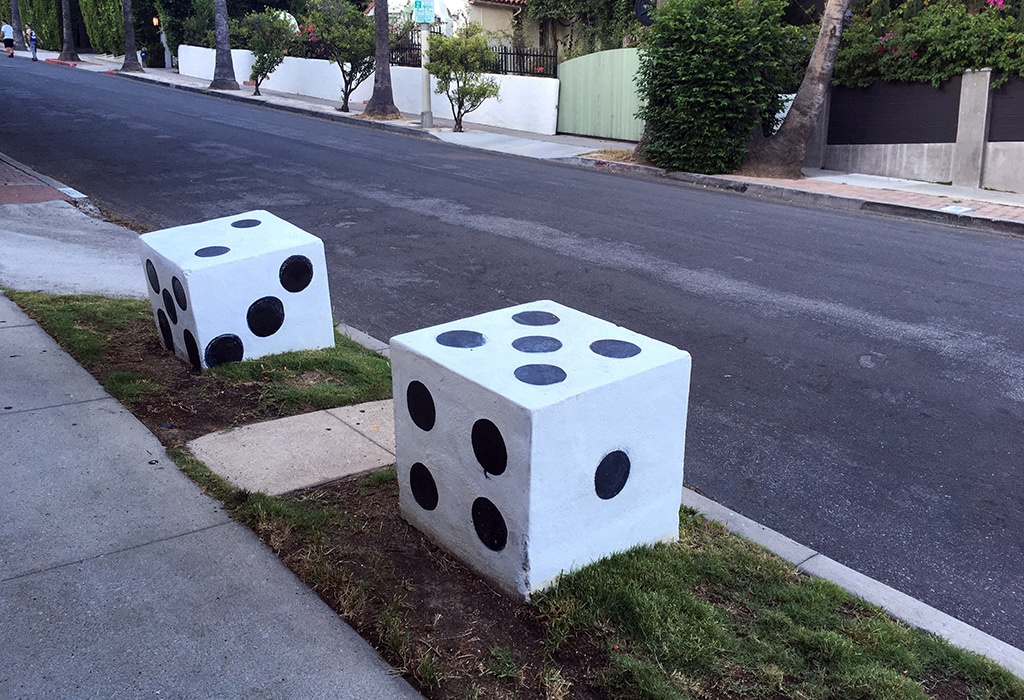
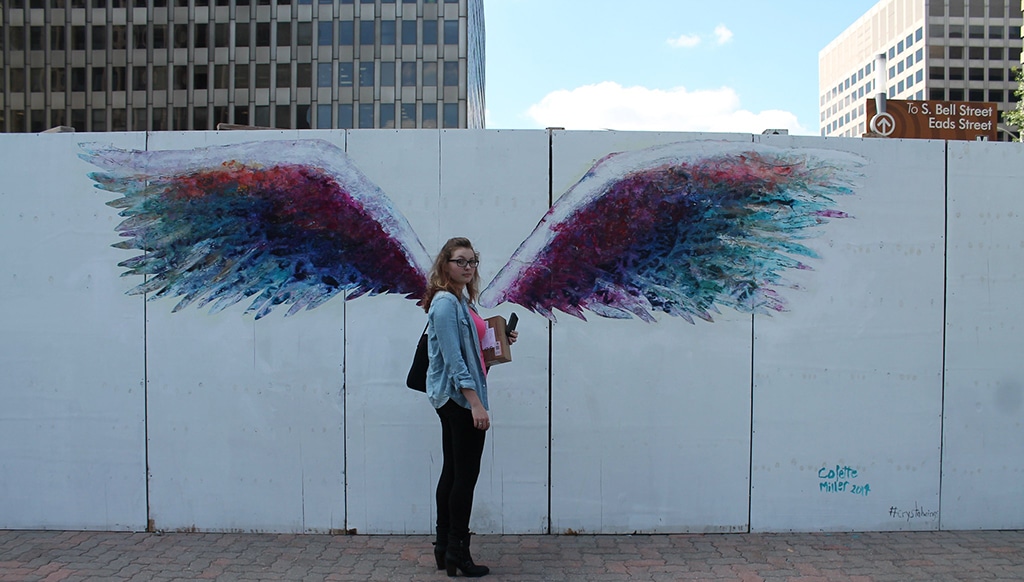
Street Art channels the history of graffiti in the same way that Victorian neo-Egyptian architecture imitated the structures of the Nile Delta. These new works are homages: they use the same motifs but support very different social orders. Graffiti was an anti-authoritarian art movement built on aeresol spray paint that rose from the ground-up. Its innovators were almost exclusively black and brown youth, who sought ‘fame’ from their avocation but had little hope for remuneration. Street art encompases a broad swath of creative actions, both sanctioned and unsanctioned, realized in diverse media. Guerilla plaque-makers, yarn-bombers, lego sculptures, and LED light artists all fall under its broad umbrella. While street art certainly isn’t lucrative, its practitioners can make a living off their work, making them what the sociologist Howard Becker termed “integrated professionals.” These self-sustaining creative producers can, unlike graffiti writers, merge their passion for art with their life’s vocation. In order to make a living, street artists must enter into strategic partnerships, taking on sponsored murals and awareness-raising artistic campaigns—all the things that, to old school graffiti writers, smack of selling out. That’s not to say that there aren’t street artists ‘keeping it real,’ but maintaining authenticity in the medium’s ever-shifting ground can be tricky.
Street art, it could be argued, was born out of the crackdown on graffiti that lasted from the mid-1980s to the early 1990s. During this time, New York’s Metropolitan Transportation Authority (MTA) basically led a war of attrition against graffiti writers, stocking train yards with guard dogs, ratcheting up police surveillance, and improving the acid washes used to strip pieces off of subway cars. By the beginning of the 1990s, graffiti was mostly off of the MTA’s trains and writers sought new surfaces for their works: some turned to freight trains whose long routes helped to connect rural writers and established graffiti as a pan-North-American phenomenon; some returned to the city streets with renewed gusto (innovating new techniques to climb high walls, ‘drop down’ letters from rooftops, and the repurposing of fire extinguishers as paint canons); and some simply retired, salting away their blackbooks and photo albums or trashing them altogether and denouncing their works as ‘youthful folly.’ At the same time, a new group of art-school-trained graffitists began to hybridize the art form, maintaining the tactics of graffiti while sometimes substituting the ‘wild style’ letterforms that defined tag-based graffiti for other imagery. These white, and mostly middle class, street artists did not face the same penalties for their outdoor writing, and they were able to directly access patronage and exhibition opportunities.
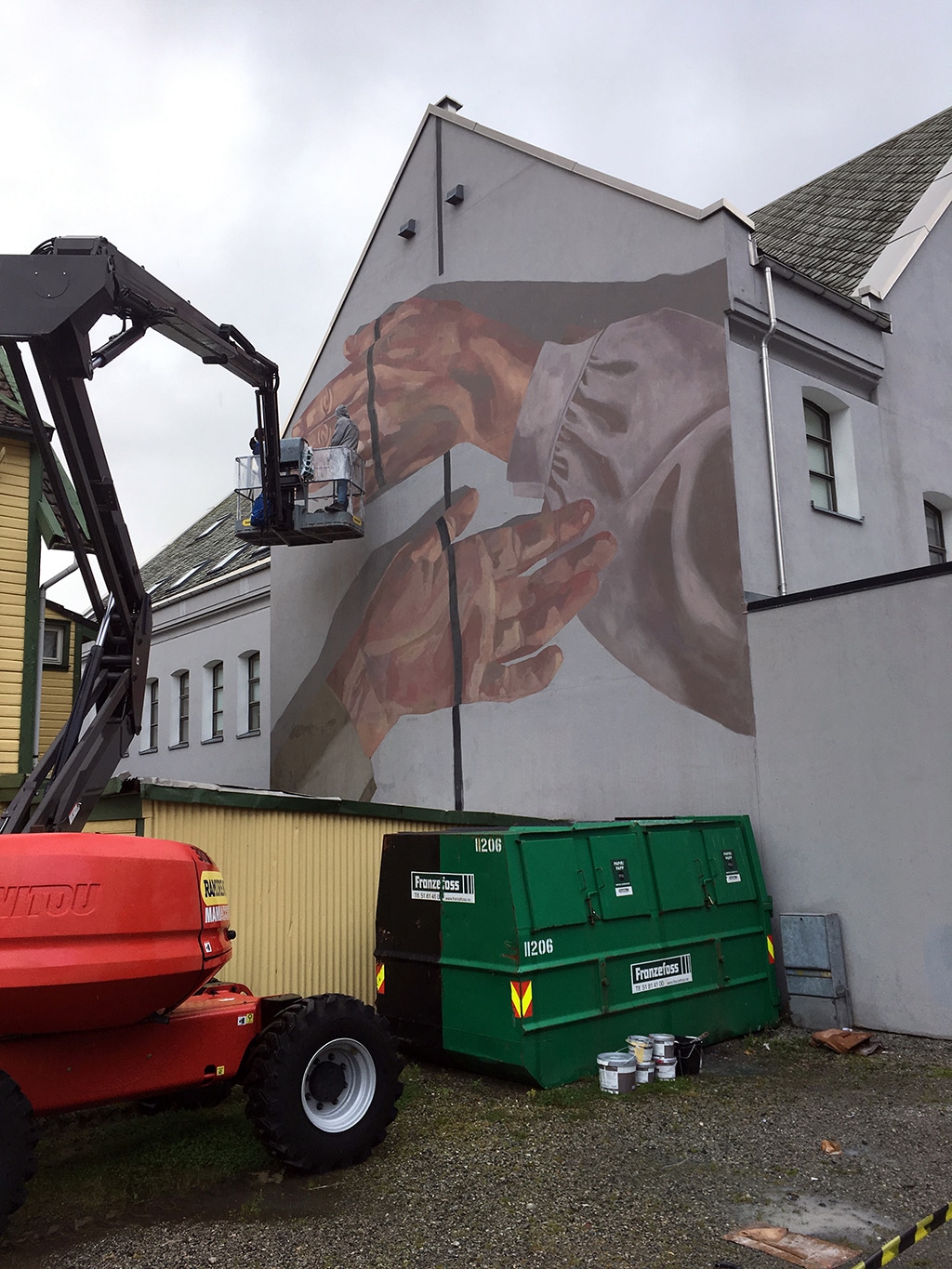
The elimination of subway graffiti was framed as one of New York’s great victories over the lawlessness that had plagued it for years, a blow against the city’s ‘fallen’ image and a sign that it was back open for business. The illicit application of street art in the 1990s often sought to undermine the neoliberal reordering of public spaces through various forms of what was beginning to be called “culture jamming.” Street art had, briefly, a lot of radical potential. In protests at the 1999 WTO summit in Seattle and the 2001 G8 meeting in Genoa, street art interventions were heralded as an innovative form of popular protest and a viable way to build awareness of the anti-globalisation narrative. Stencils, sticker bombing, and wheat-paste posters went hand-in-hand with anti-authoritarian youth culture and the reclaimed urban space of squats, community gardens, and protest camps. However, like so many other stories of unique urban culture steamrolled by the forces of big money, the subversive vein of street art gave way and, by the turn of the millennium, corporate cool-seekers and real estate developers had discovered that the murals of ‘up-and-coming’ neighborhoods could be used as a unique selling point. The great irony of this period is that some of the same city officials who cut their teeth fighting subway graffiti in 1980s New York became boosters of urban creativity and its attendant financial benefits as the directors of business improvement districts, economic development corporations, and so-called “innovation” hubs. Some went from from railing against the ‘graffiti emergency’ to ribbon cuttings for new condos with street art murals.
Street art continues to be a populist art movement that offers an alternative to white-cube venues, but some of its practitioners are tied to deep-pocketed collectors and problematic urban-redevelopment processes. This creates an uneven terrain of practice (with many similarities to the larger art world), where some truly radical voices are mixed in with relatively traditionalist practitioners (and some quite revanchist ones too). NuArt is certainly aware of this, and the conference encouraged a forceful critique of street art, particularly the ways that it’s reshaped urban spaces in the service of capital. The UK activist-academic Stephen Prichard gave a presentation exploring the relationship between art and nostalgia narratives in which he noted that “street art and gentrification go hand in glove,” with “sanitized, gentrified spaces using street art as a connection to the past that helps to ground capitalist utopia in a counter cultural tradition.” That said, he observed that this is not the fault of the artists, who themselves are kicked to the city’s periphery by the same processes and, because of the very public nature of their work, have little say in how it’s instrumentalized.

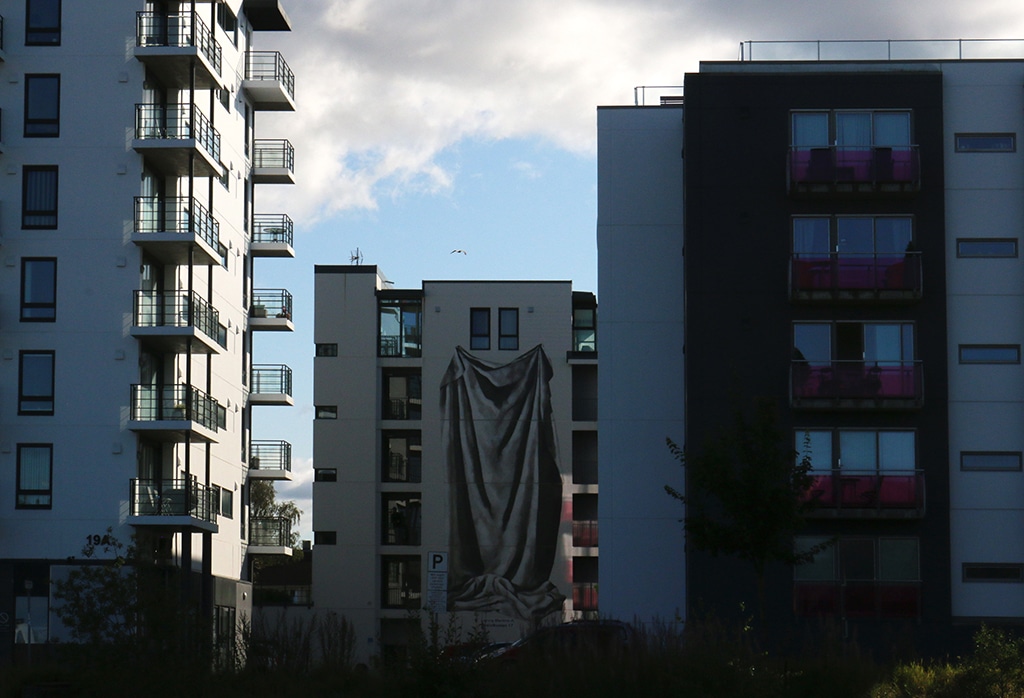
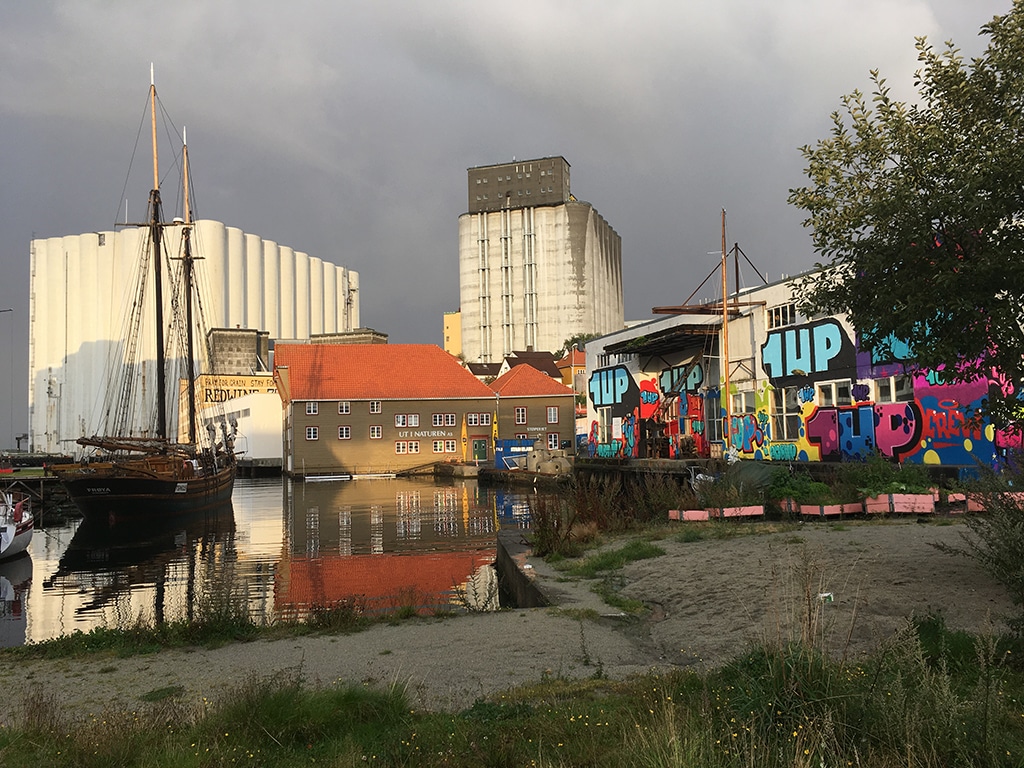
The tension between graffiti, the dissident movement, and street art, the city-beautifying art practice, tells us a lot about urban change since the 1970s. Theorists like David Harvey, Sharon Zukin, and Neil Smith have helped to show the processes at work in neoliberal urban change focusing on both the macro economic trends and micro shifts in culture. An important aspect of gentrification is the marketing of particular neighborhoods and cities and the development of narratives about place. A popular storyline starts with deindustrialization and the “fall” of factory-based neighborhoods, followed by their rebirth (often many years later) at the hands of artists and ‘creative place-makers.’ Naturally, this isn’t the whole story. To truly understand processes of renewal, change, and displacement we have to look well beyond the surface and, in this case, the topical application of paint. Street art’s entry into a changing neighborhood is typically just the outward manifestation of processes that have been underway for years.
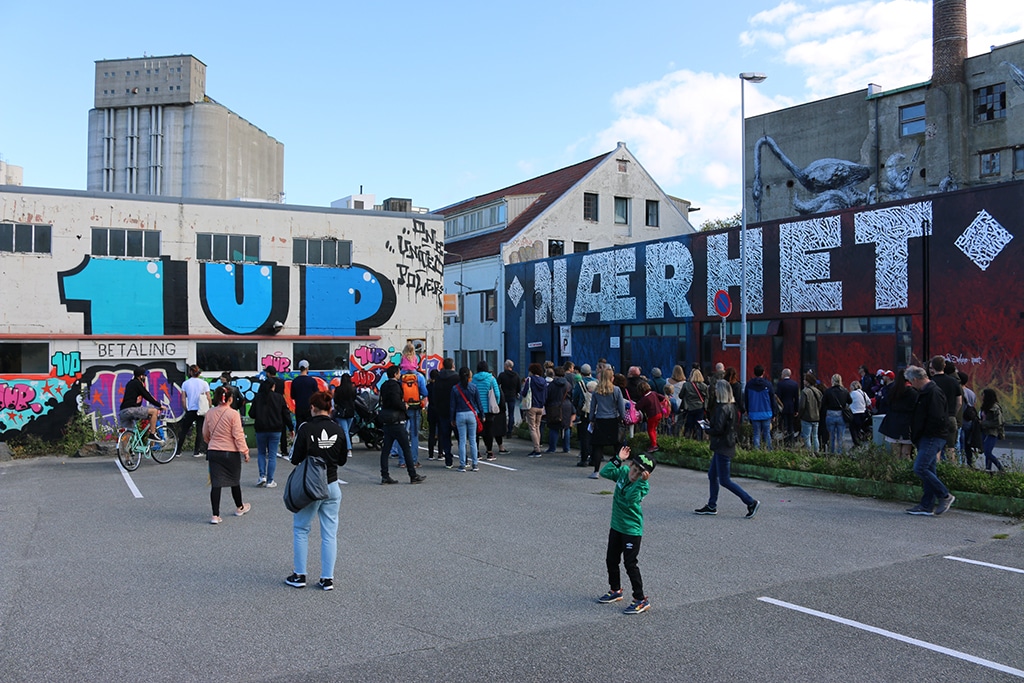
Stavanger has become a street art hub almost entirely because of NuArt’s presence. The festival has brought the art form’s legends to come paint a town of only 130,000 residents. This influx of street art has helped to visually define much of the city’s downtown and it demarcates a new arts district in the Storhaug district. The works take many forms, from more traditional murals, to sculptural interventions, and a number of miniaturized tile works that turn formerly-industrial districts into interactive Where’s Waldo games for those on the lookout. From the room in which I stayed, I was able to see the Berlin’s 1Up slowly coat a warehouse across the street from me on the Svankevigå inlet. This was a bit incongruous given that I had just come from Berlin (where I now live), a city awash with 1Up pieces. The inclusion of the Berlin graffiti crew complicates the graffiti-to-street art chronology, because the group (a ‘family’ that is at least 50-strong) reintroduces the ‘throw-up’ tags of the 70s-90s but often positions them as haute street art commissions, not unsanctioned bombing—even as the crew continues to hit Berlin’s buildings and public transit system with megalitres of paint in bubble letters. 1Up is quite literally having their cake and eating it too.
It’s clear that street art is having a period of self reflection. It’s interesting to see this happening on the Stavanger harborfront outside of the dense, urban areas that incubated the art. What does this practice look like in smaller cities? How does it interpret local and indigenous art forms and break away from increasingly formulaic prescriptions for creative placemaking? After two days of conferencing, the NuArt exhibition opened at Tou Scene and, the next day, a free public tour led street-art-curious citizens through the festival’s scattered sites. It was a gloriously sunny Sunday (something I learned was rather rare) and hundreds of people joined the tour with razor scooters, strollers, and cameras. On a legal wall in Sjøparken, tow-headed kids learned to tag with water-based paint, as more experienced writers touched up murals nearby. Like some sort of pith-helmet-wearing Egyptologist, I was still trying to periodize this weird form of popular art. Scholars have had centuries to straighten the zigzagging course of that history into a timeline, while street art continues to twist and adapt. Struggling to take it all out I decide to sit down, ignore the aerosol fumes, and enjoy the site of dozens of multicolored paintings taking shape.
Sam Holleran is an interdisciplinary artist. His writing and research on graphic culture examines the power and politics inherent in the design and use of artifacts in urban spaces, from street furniture to public art to advertisements. His writing has appeared in Print, Public Books, Dissent, and The Avery Review, among other publications. He has worked as an art director, researcher, and educator in the field of civically-engaged design and art with the Center for Urban Pedagogy in New York City and ETH-Zürich. Currently, he develops popular education tools focused on climate policy with Ellery Studio in Berlin.


